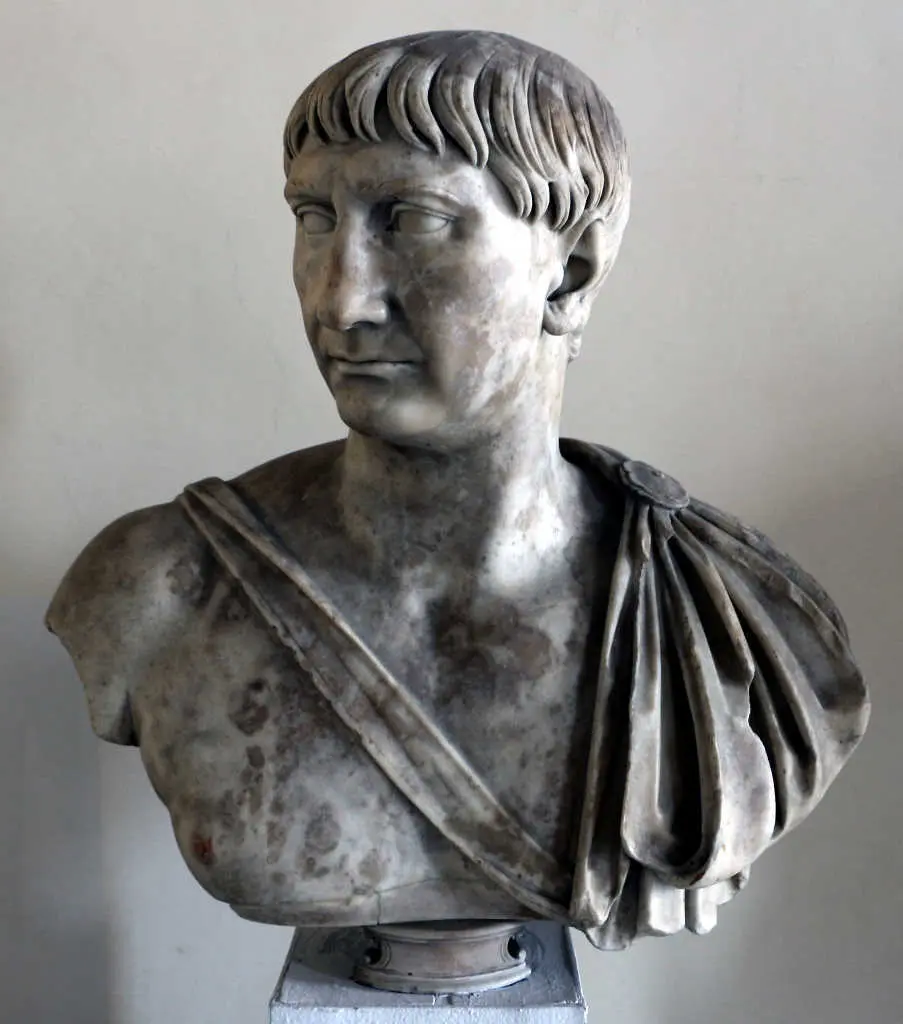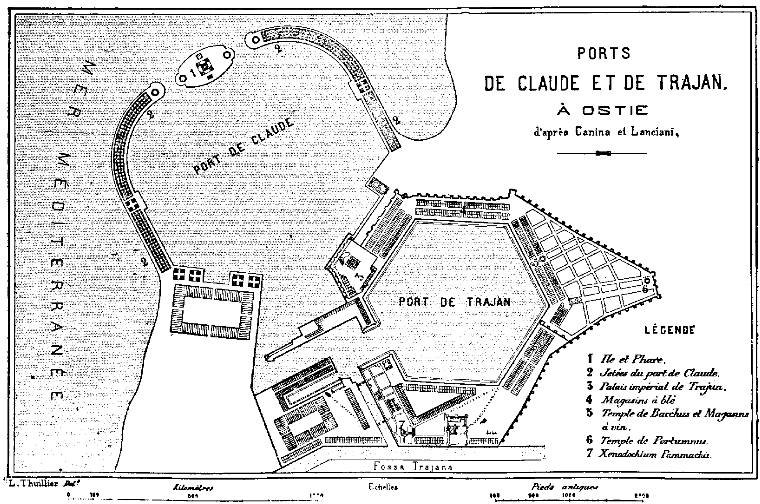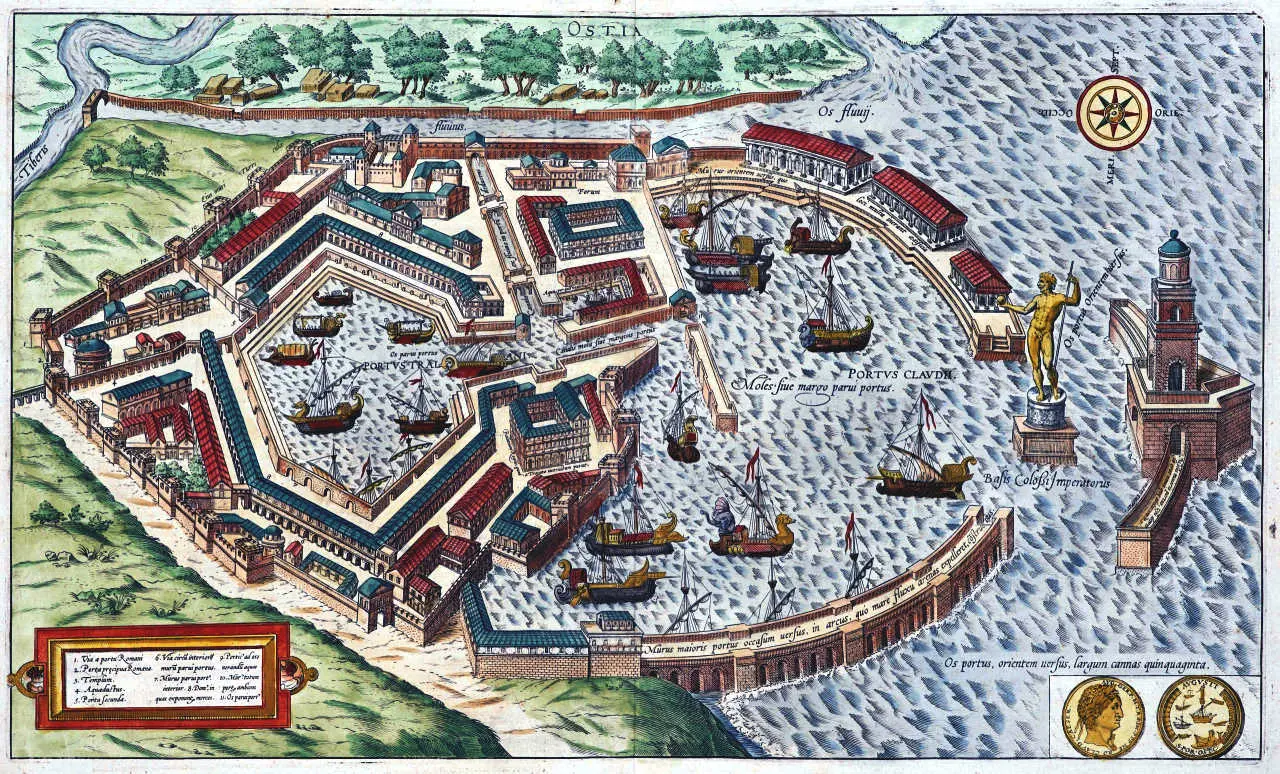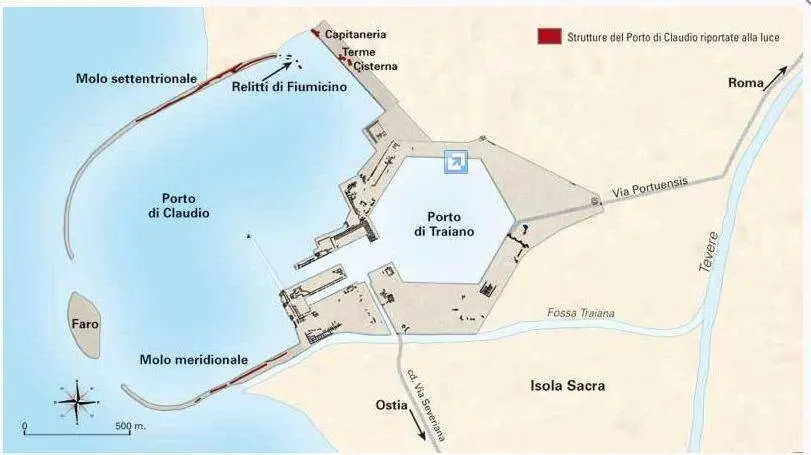Brief history of the greatest port in antiquity
Portus Romae, the port of the Roman Empire
Portus Romae was the main port of ancient Rome, located at the mouth of the Tiber River, about 30 km northwest of the city. Today, it is an archaeological site that preserves the remains of buildings, piers, warehouses, and temples that testify to the commercial and military significance of this location.
Visitors who go to Portus Romae from Fiumicino can admire the remnants of a civilization that dominated the Mediterranean for centuries and discover how daily life worked in a port that received goods and people from all known parts of the world. They can also observe the traces of the transformations undergone by the port over time, due to historical, natural, and urban events. Portus Romae is an enchanting site that is rich in history, providing a unique perspective on the past and present of Rome and its surroundings.
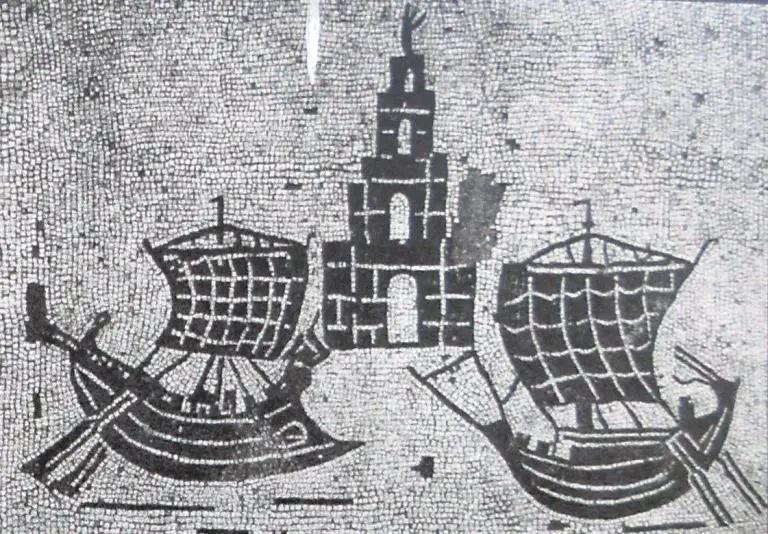
Around the first century AD, the capital of the Roman Empire was experiencing serious supply problems due to its continuous population growth, especially during the winter months when transportation became more difficult. The river port of Ostia was no longer able to meet Rome’s immense demands, while the port of Pozzuoli was too far from the capital to ensure continuity of supplies.
The idea of the port
Julius Caesar had already proposed a new port for Rome. However, it was Emperor Claudius who made the decision to construct an artificial port that was located about 3 km north of the Tiber’s mouth. The purpose of the port was to be utilized as a waterway for the purpose of transporting goods. Unfortunately, the project was not well-received due to the expected high expense. In addition, the dangerous proximity of the Tiber resulted in the deposit of significant amounts of soil and debris. Ultimately, this caused a negative impact on the overall structure’s functionality. This was a regular occurrence.
Claudius' port
Claudius was not intimidated, and in 42 AD began the construction of the new port near the current Fiumicino international airport, starting from an artificial basin of 90 hectares excavated from a lagoon and dammed by an immense dam 758 meters long and 3 meters wide.
Claudius’ port extends out to sea with two long, curved piers resembling pincers, connected to the Tiber – the waterway for transporting goods – via the artificial Fiumicino canal, completed in 46 AD with the formation of Isola Sacra. At the entrance of the port is a lighthouse – similar to the one in the port of Leptis Magna, in present-day Libya – built on an islet by sinking the large, disused ship that had transported the obelisk for the Vatican Circus from Egypt with over 1,000 tons of ballast and pozzolana.
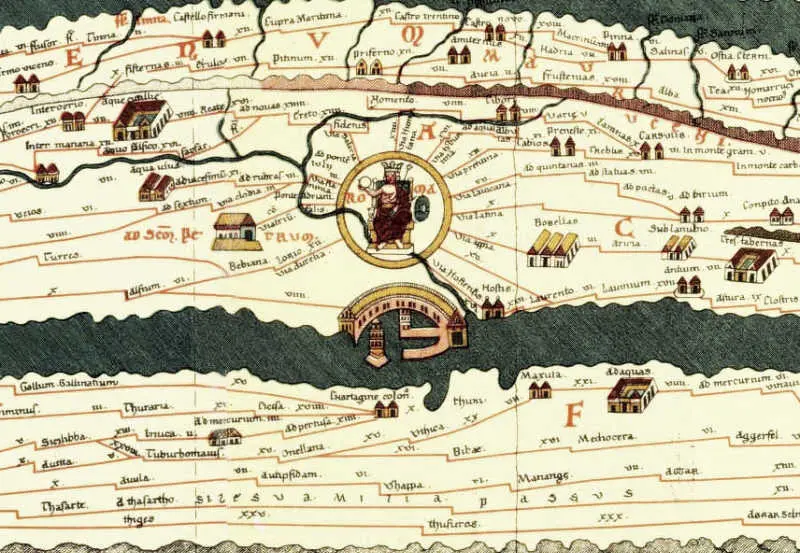
Partially active in 62 AD, Portus was completed by Nero in 64-66. The monumental works are believed to have required 30,000 workers and 1,000 pairs of oxen over 20 years. For the exchange and storage of goods, moorings and warehouses (horrea) were created on the two piers. Portus was connected to the city of Ostia, in turn connected to Rome via the Testaccio port on the Tiber (Emporium), and ensured the supply of foodstuffs to the city. Near the complex, a settlement developed – Portus Ostiensis – populated by workers, port administrators, and private entrepreneurs.
Trajan' port
During the reign of Emperor Trajan, a major renovation project was carried out at the Port of Rome. This involved constructing a new, more secure port while relegating the older Port of Claudius to a mere anchorage. The funds for this project were obtained through the conquest of Dacia, which provided the Roman state with an impressive war booty, including around 50,000 prisoners, 165 tons of gold, and 331 tons of silver.
The new basin, designed by the Greek architect, Apollodorus of Damascus, has a hexagonal plan suitable for the simultaneous execution of various naval operations, such as docking, loading, unloading, and transportation of goods. The dock measures 358 meters on each side and has 2000 meters of quay, a depth of 5 meters, a paved bottom for easy maintenance, and a total surface area of about 32 hectares.
The Port of Trajan was able to contain up to 200 large-tonnage ships that could dock and unload goods, soldiers, slaves, and animals from all over the known world. The renovation of the complex was completed around 112.
The port remained operational for centuries, underwent multiple interventions, and acquired increasing importance. So much so that in 313, with Constantine, Portus Romae obtained full autonomy. It is estimated that Portus hosted, at the height of its existence, a population of about 15,000 seasonal workers. These included sailors, unloaders, porters, shipwrights, slaves, administrators, merchants, soldiers, and government agents. Most were commuters from Ostia or Rome. The estimated port traffic consisted of several thousand ships annually, and hundreds of smaller boats and barges in the various basins and canals, or in the Tiber River.
In 408, the Goths of Alaric seized control of Portus (they destroyed Rome in 410). In 455, it was partially damaged by the Vandals of Genseric. The strategic importance of port facilities for the supply of Rome, which was now limited to the Trajan basin alone, and the danger of direct attacks, led to the construction of fortification walls around the port structure at the end of the fifth century. After the Gothic Wars (535-553), Porto gradually declined.
Claudio and Trajan's port today
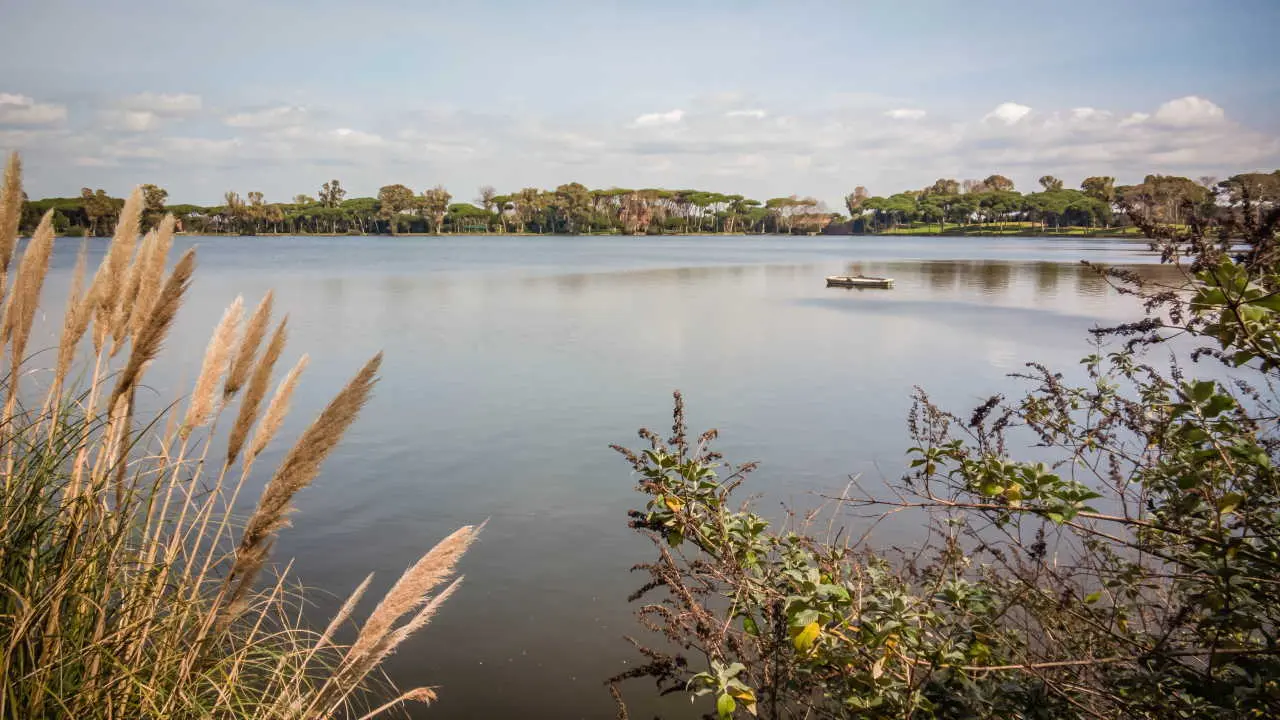
“Where once there was a harbor, today there is an airport…”
Today, the sea is approximately 3 km away from the completely buried Claudio Port.
The territory and the site of Portus were acquired by the Torlonia family in 1856, and they uncovered part of the buildings. The hexagonal basin of the Trajan port, reduced to a swamp, was cleaned and restored in 1923. Subsequently, the transfer of part of the Torlonia property to the state allowed the establishment of the Archaeological Area of Portus, limited to only the area of the port of Hadrian.
The entire hexagonal basin of Trajan, including the remains of storage structures, is now a privately owned area called “Oasi di Porto”.
Both distinct archaeological areas are open to the public and located within the territory of the modern municipality of Fiumicino. One can reach it from Rome via the Rome-Fiumicino highway and the Via Portuense, and from Ostia and Fiumicino via the via dell’Aeroporto.
The visit to the Oasi lasts approximately 1 hour and takes place partly on foot and partly on horse-drawn carts (although, currently, the carts have been discontinued due to social distancing problems).
Are you interested in a tour with an authorized guide to two archaeological areas? Contact us.
Visit Rome with Argiletum Tour, your local experts. Enjoy guided tours by foot, car, for couples, families and small groups. Discover the Vatican Museums and the Sistine Chapel, the Colosseum and the vast archaeological area of the Fori, the Borghese Gallery, majestic architectural squares and fountains, not to mention the Basilicas and Churches that in Rome often feature exquisite works of art!
Guided tours for all requests and interests! Visit our catalog or contact us!
-

Pilgrimage to Padre Pio Shrine in San Giovanni Rotondo
295,00€ – 924,00€A private spiritual journey to discover the sacred places of Padre Pio and Monte Sant’Angelo, with the comfort of exclusive transportation and an expert guide.
From Rome | Guided Tour | Private Transportation | 1 day
Add to Cart This product has multiple variants. The options may be chosen on the product page -
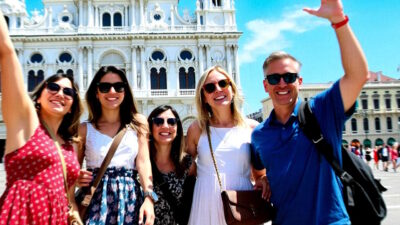
Discover Venice in a Day from Rome, Worry-Free!
273,00€Day trip to Venice from Rome with an expert tour leader to visit the most unique city in the world!
Venice | Guided Tour | High-Speed Train | 1 Day
Add to Cart This product has multiple variants. The options may be chosen on the product page -
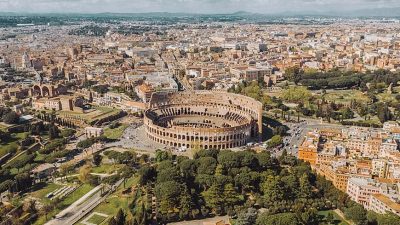
PROFORMA INVOICE Glenna M. – Kenneth M. – Shannon T. – Sydney T. – Brenda W. – Perry Lee W.
877,00€Add to Cart This product has multiple variants. The options may be chosen on the product page -
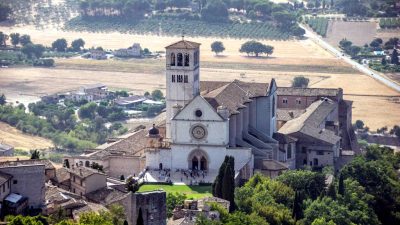
Assisi and Saint Francis – One-Day Tour from Rome
179,00€ – 525,00€One-Day Tour to Assisi from Rome: an immersive experience of cultural and spiritual visits
Assisi | Guided Tour | Private Vehicle | 1 Day
Add to Cart This product has multiple variants. The options may be chosen on the product page -
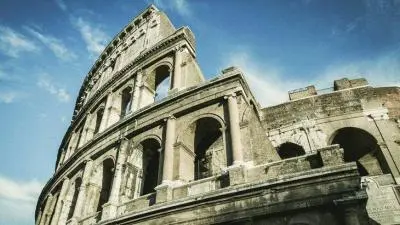
Colosseum, Roman Forum and Palatine Hill Tour Hotel Pick Up
135,00€A Guided Tour of the Colosseum, Roman Forum, and Palatine Hill, with Hotel Pick-up
Rome | Walking Tour | Expert Guide | 3 hours
Add to Cart This product has multiple variants. The options may be chosen on the product page -
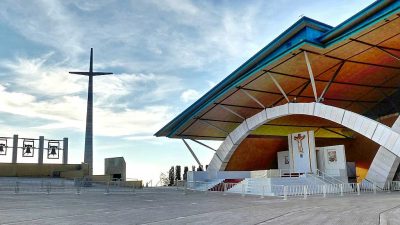
Pilgrimage in Italy – Assisi and San Giovanni Rotondo
948,00€ – 2.453,00€A pilgrimage experience that combines spirituality and history, offering you a memorable journey through the heart of religious Italy.
Italy| Private Tour | 3/4 stars | Customizable | 5 days
Add to Cart This product has multiple variants. The options may be chosen on the product page -
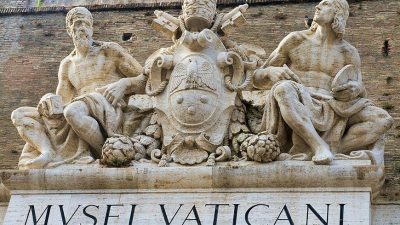
Vatican Museums and Sistine Chapel Tour Pick-up and Drop-off
185,00€ – 415,00€Immerse yourself in the wonders of the Vatican Museums, the Sistine Chapel, and St. Peter’s Basilica with a tailor-made tour, guided by industry experts.
Vatican Rome | Pick-up and Drop-off | Private Guide | 3 hours | Skip the line
Add to Cart This product has multiple variants. The options may be chosen on the product page -
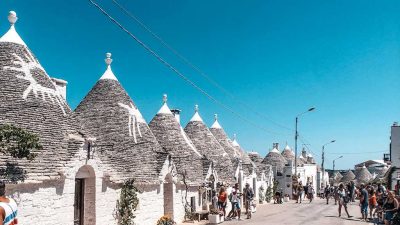
Private Excursion Alberobello, Locorotondo, Monopoli
205,00€ – 485,00€The Private Tour to Alberobello, Locorotondo, and Monopoli is designed for those who wish to discover the tradition, architecture, and charm of the small villages of Puglia without giving up on relaxation.
Alberobello, Locorotondo, Monopoli | Private Excursion | Car&Drive | 8 h.
Add to Cart This product has multiple variants. The options may be chosen on the product page -
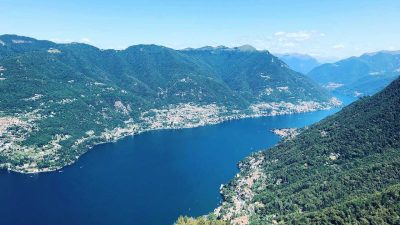
Lake Como Private Boat Tour
169,00€ – 538,00€A trip to Lake Como is not just a journey to one of the most beautiful places in Italy, but an experience that enriches the soul and fills you with wonder
Add to Cart This product has multiple variants. The options may be chosen on the product page -
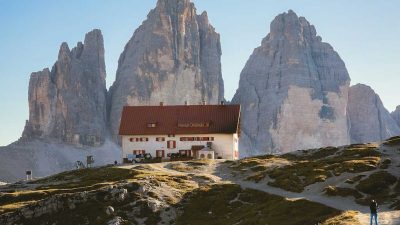
A Day in the Dolomites from Venice – Private Tour
195,00€ – 438,00€This itinerary is designed for those seeking not just a day trip, but a deep immersion into the natural and cultural wonders that only Italy can offer
Add to Cart This product has multiple variants. The options may be chosen on the product page -

Gastronomic Tour in Rome: Street Food, a culinary adventure
189,00€Street Food Tour in Rome: 3-Hour Culinary Tastings – Small Group max. 6 people
Add to Cart -
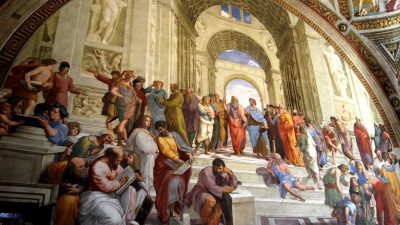
Vatican Museums and Sistine Chapel – Private Tour with Hotel Pick-up
163,00€ – 335,00€Enjoy an unforgettable experience discovering the wonders of the Vatican and Italian art, accompanied by our expert guides who will immerse you in the history and beauty of these unique places.
Vatican Rome | Pick-up | Private Guide | 3 hours | Skip the Line
Add to Cart This product has multiple variants. The options may be chosen on the product page -
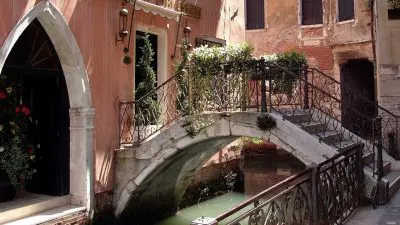
Explore the Secret Treasures of Venice: Private Walking and Boat Tour
143,00€ – 479,00€This exclusive tour combines exploring Venice on foot and by boat with a visit to a shipyard (squero) to witness the construction of a typical Venetian gondola. Farewell toast with a Spritz in a traditional Venetian Osteria
Summer 2024 Promotion – request the promo code
Venice | Guided Tour | By Boat | 4 hours
Add to Cart This product has multiple variants. The options may be chosen on the product page -
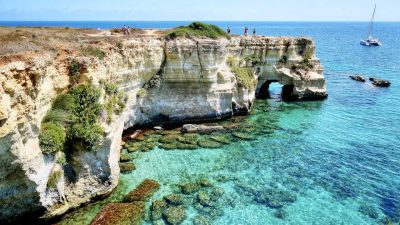
Apulia Escorted Tour – 9 days
2.854,00€Discover Puglia in nine days, starting from Bari, Trani, Castel del Monte, Alberobello, Matera, Locorotondo, Ostuni, Otranto, Lecce, Gallipoli, Martina Franca, and Polignano a Mare.
Puglia | Group Travel | 4 stars | Max. 15 people | 9 daysAdd to Cart This product has multiple variants. The options may be chosen on the product page -

Pilgrimage from Rome to Padre Pio, San Giovanni Rotondo
565,00€ – 1.261,00€By Private car and driver for 2 days to San Giovanni Rotondo
Lanciano – San Giovanni Rotondo | Private car/driver | 2 days
Add to Cart This product has multiple variants. The options may be chosen on the product page -
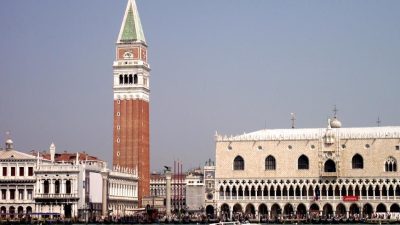
Venice Tour and Doge’s Palace Visit
103,00€ – 299,00€A unique opportunity to explore Venice and visit Palazzo Ducale
Venice | Guided Tour | Private Guide | 3 hours
Add to Cart This product has multiple variants. The options may be chosen on the product page
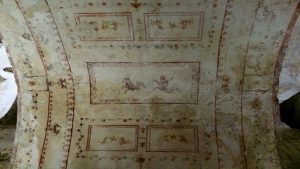
The Domus Aurea: a hidden masterpiece of Ancient Rome
Built by Emperor Nero in the 1st century AD, the Domus Aurea in Rome is an extraordinary monument that stands as a tangible symbol of the luxury and grandeur of ancient Roman civilization
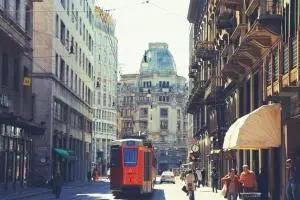
Guide of Milan for Newbies
Our Quick Guide to Milan for Beginners will accompany you in discovering the treasures of this fascinating and hectic metropolis, providing you with essential information on the main attractions.

Milan: A food and wine experience not to be missed
Milan is much more than a fashion capital; it is also a top culinary destination. With its traditional cuisine, cosmopolitan culinary scene, food markets, and innovation, the city offers a complete eno-gastronomic experience.

Roman coast: a journey through history, sea and unique atmospheres
Discovering the Roman Coastline: A Journey through History, Sea, and Unique Atmospheres by Sarah Strol illustration by franco rea Roman Coastline We arrived in Rome
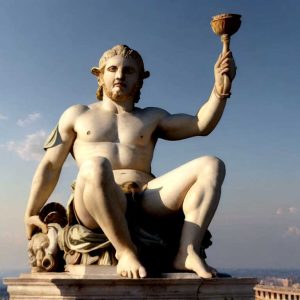
A Story of Rome
TRAVELS IN SPACETIME A Story of Rome It was a sweltering day in July, with the sun beating down on me like a burst of
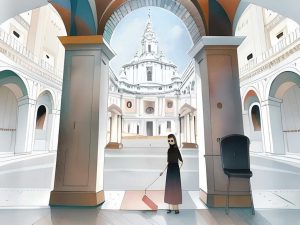
Discovering Rome’s “Hidden Treasures”
Discovering the “hidden treasures” of Rome Welcome to a fascinating journey through a less frequented Rome, different from the usual famous monuments but rich in
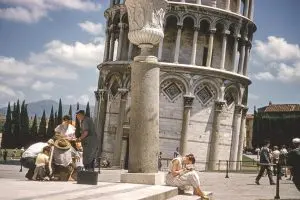
My Daily Excursions from Rome
“I am always looking for unforgettable experiences, and when I arrived in Rome, I was advised to participate in daily group or private excursions.”
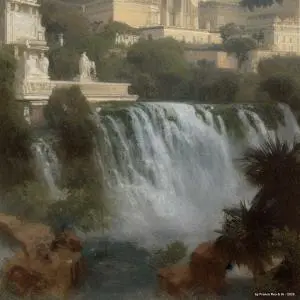
Impossible Rome
a gallery of images to you, created using artificial intelligence on the theme of “Impossible Rome”
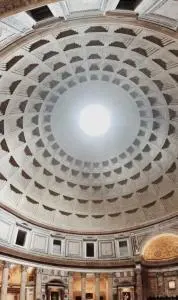
The Pantheon, great masterpiece of Roman architecture
Pantheon Contents The Pantheon Great masterpiece of Roman architecture. It is one of the ancient monuments best preserved in the world. We suggest a visit
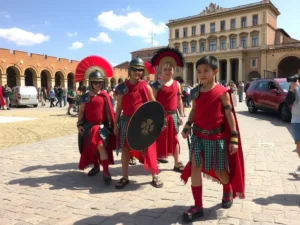
Fun Activities to do in Rome
for adults and children Fun and Unusual Activities to do in Rome Rome offers a myriad of opportunities to experience unique and enjoyable activities.
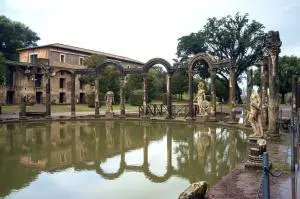
Villa Adriana in Tivoli, Rome
Villa Adriana – Tivoli, Rome The enormous complex of buildings of Villa Adriana in Tivoli, near Rome, was built (probably between the 118 and 134
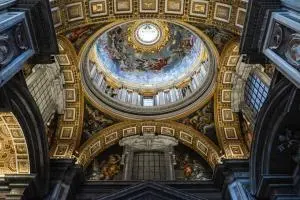
St Peter’s Basilica in Vatican State, Rome
The Basilica of St. Peter in the Vatican City The Basilica of St. Peter is in the heart of the Vatican City, an independent sovereign
